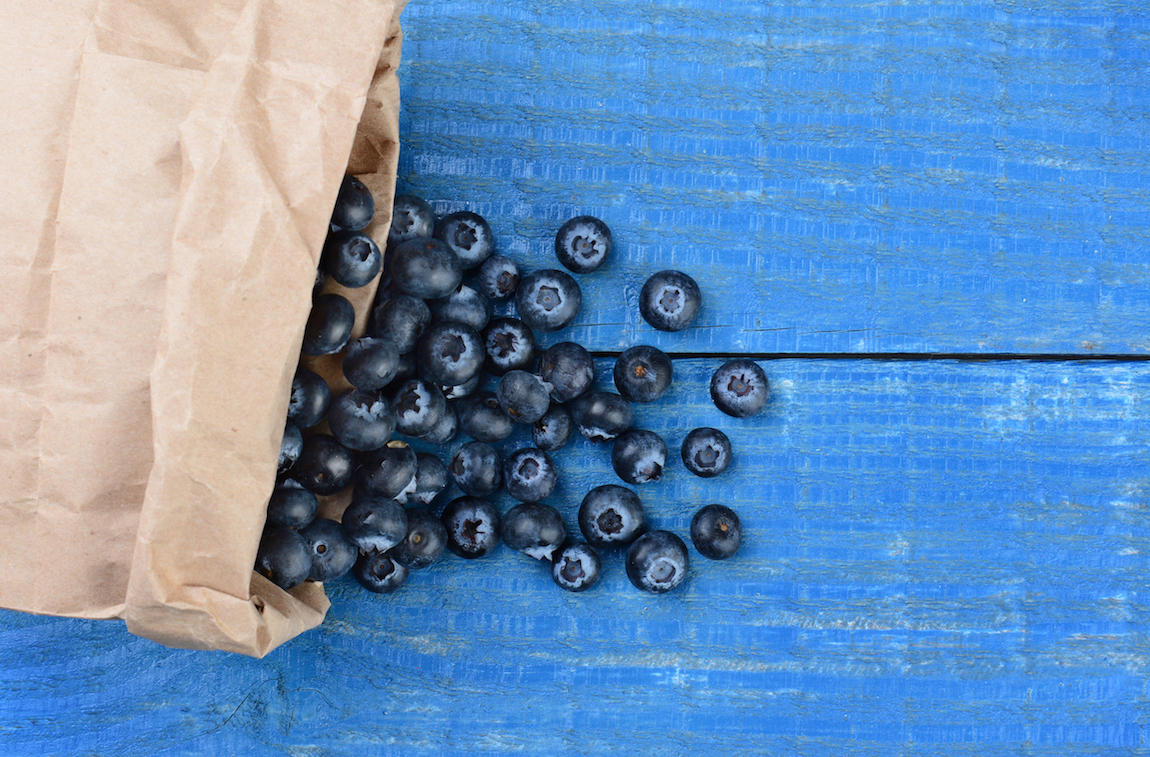“Dual opportunity” for global blueberry industry, says Brazelton
The global blueberry industry is currently undergoing “accelerated maturation and increased consolidation” and will need to work together to take advantage of the opportunities that lie ahead.
This is the view of Cort Brazelton, who developed the 2016 Global Blueberry Statistics and Intelligence Report with financial support from the International Blueberry Organization (IBO).
Speaking with Fresh Fruit Portal, he highlighted the report – which is the sixth edition since its 2007 launch – had previously been written from a U.S. perspective but this was the first that was “truly global” in its scope.
He added gave the report had higher quality data and a more detailed process than ever before.
“On a more granular level it means that mature producing regions are consolidating, even if they’re not all merging together – the big are getting bigger, the medium are getting big,” he said.
“It’s also getting more and more difficult to operate based on a niche model…and additionally newer production regions are establishing much more quickly than before. In general the velocity of the global blueberry industry’s development is accelerated.”
He explained growers in mature regions were moving away from a supply focus to improving efficiency, scale and quality, often with value propositions.
“At the same time there are markets in the world that are undersupplied – the big ones being Europe and Asia – and then there are also windows of production globally in the fresh business that are undersupplied,” he said.
“That is where these new rapidly developing regions are coming in, either because there’s new consumption that needs to be supplied more locally – fresh or processed – and/or because there are undersupplied windows globally.
“Unlike 10 years ago, there are now multiple ways to supply those periods of undersupply. There are new geographies, new genetics and new farming methods that are impacting that development, and that is supply-driven. So in the mature regions – the most mature being U.S., Canada and Chile – the focus is much less on supply creation and much more on quality, value, efficiency and scale.”
A lot of Brazelton’s interviewees also drew attention to challenges that come not just with increasing volumes – which he pointed out were relatively low compared to other crops with similar consumption dynamics – but with variable consumer experiences.
“Some great things aren’t accomplished by individual companies – they’re accomplished by good collaboration within an industry,” he said.
“It’s more selfless but ultimately results in everyone gaining, and I think that starts by recognizing what our real challenges are. One of the big ones is enormous variability in the consumer experience.”
In his closing editorial comments, Brazelton said he believed the global blueberry industry was being presented with a “dual opportunity” – leveraging the health message around the superfruit while also delivering an improved consumer eating experience.
“Health research continues to occur, including clinical studies on people, and it is using half a cup to one cup of blueberries a day, which is around 80-150 grams,” he said.
“That’s the habit being studied in this research which is showing all these exciting results, so if we combine the health study message with an improved consumer eating experience, we have enormous growth opportunities in this industry.
“If we miss either one of those we won’t realize the same potential, because the real opportunity in blueberries is to combine the health message around a daily habit and deliver a consistently positive eating experience.”
Other macro trends that stood out in the report include rising interest in proprietary genetics and increasing investment from outside the industry, Brazelton said.
The full report, which is free to IBO members, can be accessed here.





